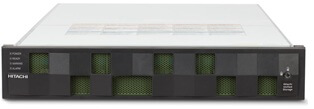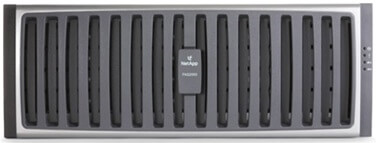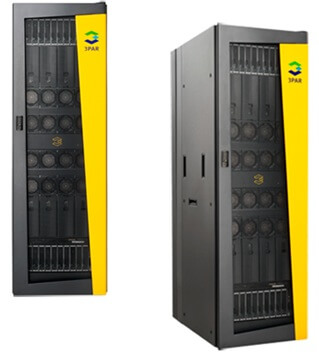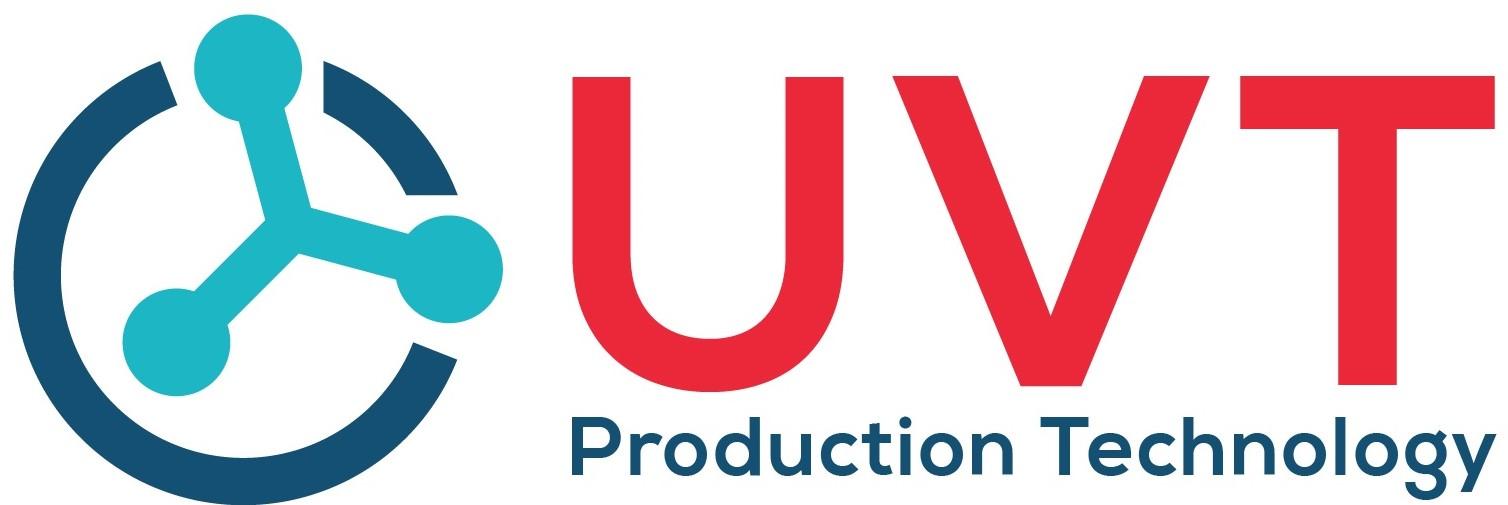Storage and server technology
10:30 - 27/11/2014
Security solution
Safety system - Lightning protection
ANALOG CAMERA SOLUTIONS
VIDEO CONFERENCE SOLUTION FOR 2 DEMAND POINTS WITH CISCO SX20 DEVICE
I. Server technology
Server is an indispensable component in the information technology system, it can be considered as the central brain of the whole system, divided into many different lines depending on usage needs. is a partner of many companies such as Cisco, USC, IBM, HP, Dell
Servers are divided into three main segments:
- Entry Level: serves for low needs, mainly for small businesses or applications that do not require high configuration. These segment servers include Tower servers such as IBM x3100, Dell PowerEdge T-series, HP ProLiant ML-Series, and Rack servers such as IBM x3250, x3530, UCS C22. Features of this server line is to use a processor generation Intel E3 or E5-2400 series.

- Midrange Level: for small and mid-range businesses, capable of handling systems requiring high processing speed and virtualization needs. This is the most popular server line in Vietnam market, including some representatives such as Cisco UCS C220, C240, C460 or IBM x3650, x3850, Dell PowerEdge R720, R820, R910. The feature of this server line is that it can use many Intel E5 generation processors, very good support for virtualization and heavy applications.
- Enterprise: It is for systems with very high performance requirements as well as virtualization, supports multiple processors, lots of memory, provides very high data transfer IO, representing this segment. are servers of the Blade architecture type. The advantage of this architectural line is the saving as well as optimal performance in terms of processing capacity, power consumption, management and upgrading.
- Blade Chassis is a framing device, providing IO, Power, and Management connection for the entire Blade system.
- Blade server is a blade server, full of components like a normal server but specially designed with slots corresponding to the chassis.

ΙΙ. STORAGE TECHNOLOGY
In terms of segmentation, it is divided into 3 main segments:
- Entry Level: For low demand, mainly for small businesses or applications without high IOPS, relatively low scalability and low cost with some basic features such as Thin Provisioning, Snapshot, Agent for this line can be listed as: NetApp FAS2200, IBM Storwize V3700, Dell PowerVault MD3 Series, EMC VNXe3150 / 3300, VNX5100 Entry Storage Arrays, HDS Hitachi Unified Storage 110 Entry Storage Array, HP 3PAR StoreServ 7200 Entry Storage Arrays.

- Midrange Level: It caters to small and mid-range businesses, responsive for systems requiring high IOPS and good scalability. The common feature of this line is to use data optimization features such as Deduplicate, Compress, Easy Tier. In addition to the Entry Level line, this line adds features that allow remote data synchronization, building DR Site. Representatives of this line include NetApp FAS / V 3200/6200, EMC - VNX5000, HP 3PAR StoreServ 7400, HDS Hitachi Unified Storage (HUS 110/130/150 & HUS VM).

- Enterprise: It is for systems with very high requirements for IOPS, performance as well as virtualization capabilities, providing many advanced features such as storage virtualization, snapshot, native compress, realtime deduplicate. Representatives of this line include HP 3PAR StoreServ 10000, IBM DS8000, Hitachi Virtual Storage Platform (VSP), Hitachi Unified Storage VM (HUS VM), EMC Symmetrix VMAX 10K, VMAX 20K, and VMAX 40K.

A solution to consolidate storage systems is introduced
Today data is growing at an unprecedented rate. Traditional transaction-processing applications continue to require more storage space. Industry specifics, government regulations and storage requirements for new applications, including email, multimedia, life science and biometrics are evolving faster ever. For many companies, this means retrofitting more storage to enterprise-wide distributed storage systems. The above approach is costly to businesses due to high management-related costs, waste of resources, and inability to meet the quality of service, availability, and performance required for the application.
In order to solve the problem thoroughly, Hitachi Data Systems (HDS) launched the Hitachi Virtual Storage Platform (VSP) storage system.

Highlights of the VSP storage system
- 3D scaling: Helps optimize storage infrastructure development at any enterprise level.
- 3D management: Hitachi Command Suite centralized storage management solution helps to save costs and optimize the task of managing all types of data.
- Data mobility: to quickly move data to new storage devices with host-transparent migration. Reduce risks with “advanced data replication topologies”. Increase performance and reduce costs with an "automated data placement" mechanism
- Unmatched efficiency: providing capacity to optimize storage space, an "automated data placement" mechanism to help deliver the highest performance with the lowest cost. The design allows virtual storage directors to have access to single image global cache for high performance, reducing energy consumption costs per storage unit, simplifying and optimizing management tasks.
- Dynamic tiering: based on an "automated data placement" mechanism to improve performance and reduce costs. This mechanism works based on the principle that the data to be used is stored in the right place at the right time.
- Server virtualization: integration with the server virtualization platform delivers comprehensive virtualization capabilities from virtual machines to storage units and scalable protection in multivendor environments.
- Sustainable design: with a sustainable design that increased the storage space by 40% per square foot and reduced energy consumption per terabyte by 48% compared with the previous generation cabinets and provided a better utilization with the features. Hitachi Dynamic Provisioning.
- Data resilience: journal-based synchronization mechanism helps protect customer data. It includes integrated protection frameworks which are hypervisor agnostic. It has always provided application-aware replication management, improved encryption and security management to help protect data
- Mainframe enhancements: Enables virtual storage tiering to improve data management and synchronize data to reduce risks with advanced protection.
The benefits of the Hitachi VSP storage system
Hitachi Virtual Storage Platform is the only 3-way scalable storage platform designed for all types of data. It is a single storage architecture that flexibly adapts to cross-platform performance, capacity, and storage. The Hitachi Virtual Storage Platform combined with the Hitachi Command Suite management software transforms the data center, making IT more agile:
- Unique 3-way scalable storage platform designed for all types of data
- Unique storage architecture to flexibly adapt data storage architectures for performance, capacity, and cross-platform storage to optimize your storage asset return
- Data volatility to reduce the business impact of adapting change
- Highly efficient design for the best performance and capacity combined with the lowest requirements for power and cooling
- Dynamic data hierarchy for data fluidity across virtual storage levels for block, file, and content data.
3-way expansion for a more reliable, flexible and open storage environment.
- More reliable with data protection features and leading the way
- More flexibility, automation of data placement and resource replenishment
- More open, supports a wide range of operating systems, data types, storage and server environments


